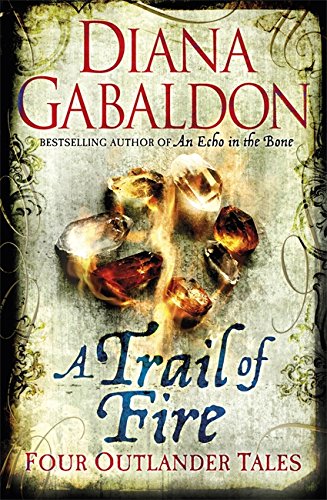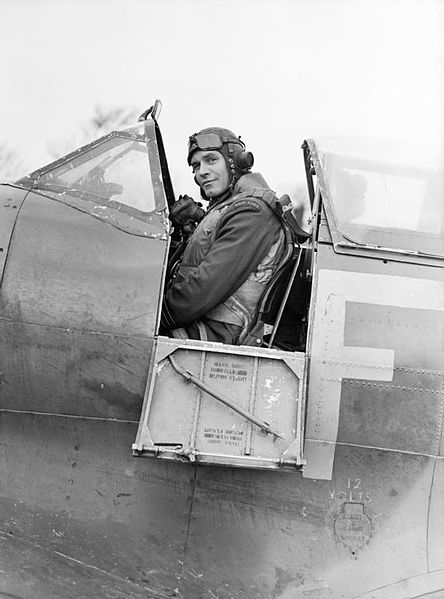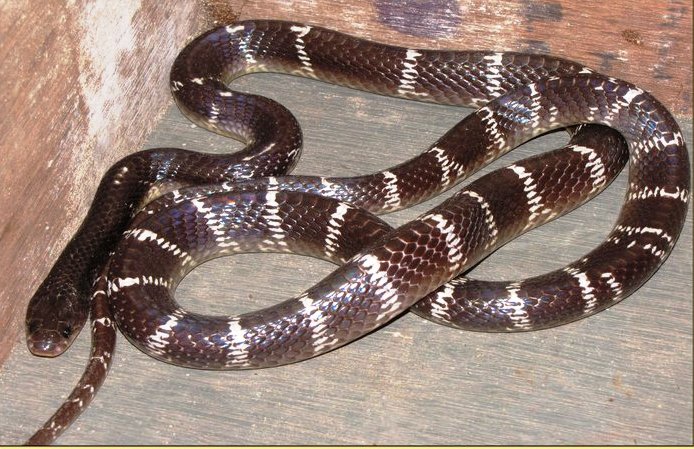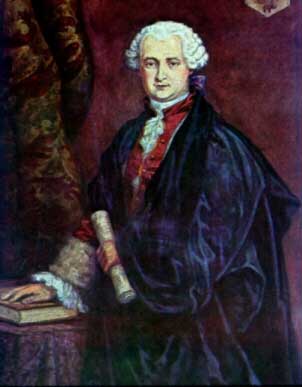Friday Fun Facts - 10/26/2012

Here are this week's Friday Fun Facts about Diana Gabaldon's books.

This is a special edition of the FFF in honor of the upcoming release of Diana's latest book, A TRAIL OF FIRE. All of the items on this week's list are related to the stories in A TRAIL OF FIRE.

1) Here is a view of Milecastle 37 of Hadrian's Wall, in Northumbria, England. Click on the photo for a bigger view.
Mile-castle 37.For more about the milecastles, look here.
A stone rectangle, attached to Hadrian's Wall like a snail on a leaf. The old Roman legions had made these small, neat forts to house the garrisons that guarded the wall. Nothing left now but the outline of the foundation, but it made a good target.
He circled once, calculating, then dived and roared over it at an altitude of maybe fifty feet, cameras clunking like an army of stampeding robots. Pulled up sharp and hared off, circling high and fast, pulling out to run for the imagined border, circling up again…and all the time his heart thumped and the sweat ran down his sides, imagining what it would be like when the real day came.
(From "A Leaf on the Wind of All Hallows" by Diana Gabaldon. Copyright© 2010 by Diana Gabaldon. All rights reserved.)

2) "The Custom of the Army" tells the story of Lord John's experiences in Quebec in 1759, including the famous battle on the Plains of Abraham on Sept. 13, 1759. The painting above is from the Royal Ontario Museum in Toronto, Canada. (Click on it for a bigger view.) I think it's fascinating to look at, as a sort of time-compressed view of the events surrounding the battle.
The Highlanders had surprised the guard, shot their fleeing captain in the heel, and made all of them prisoner. That was the easy part. The next thing was for the rest of the landing party to ascend to the cliff top, now that the trail--if there was such a thing--had been cleared. There they would make preparations to raise not only the rest of the troops now coming down the river aboard the transports but also seventeen battering cannon, twelve howitzers, three mortars, and all of the necessary encumbrances in terms of shell, powder, planks, and limbers necessary to make this artillery effective. At least, Grey reflected, by the time they were done, the vertical up the cliffside would likely have been trampled into a simple cow path.
(From "The Custom of the Army" by Diana Gabaldon. Copyright© 2010 by Diana Gabaldon. All rights reserved.)
Can you imagine the amount of effort it must have taken to get not just the troops, but all that heavy equipment, cannons, etc., up the cliff, at night -- and to do it quietly enough that the French never heard them coming? It's just mind-boggling.
Here's a very interesting and informative site about the Battle of Quebec, including pictures of what the various regiments' uniforms looked like.

3) Adolph ("Sailor") Malan was a real historical figure. Born in South Africa, he became one of the most famous RAF fighter pilots during World War II. (The photo above shows Sailor Malan in his Spitfire.)
Malan was Group Captain and a decent bloke overall. South African, a great tactician--and the most ferocious, most persistent air fighter Jerry’d seen yet. Rat terriers weren’t in it. Which was why he felt a beetle skitter briefly down his spine when Malan’s deep-set eyes fixed on him.Here's the full list of Malan's rules for air fighting. You can see these same rules (along with Jerry MacKenzie's wry commentary on them) in "A Leaf on the Wind of All Hallows".
"Lieutenant!" Malan rose from his seat, smiling. "The very man I had in mind!"
(From "A Leaf on the Wind of All Hallows" by Diana Gabaldon. Copyright© 2010 by Diana Gabaldon. All rights reserved.)
For more information about Sailor Malan, look here.

4) The photo above, from Wikipedia, shows a common krait (Bungarus caeruleus). I don't know if this is exactly the same kind of snake that Lord John encountered in "Plague of Zombies", but it seems very similar.
There were no venomous snakes on Jamaica. He cupped his hand and bent at the knee, but hesitated. Venomous or not, he had an instinctive aversion to being bitten by a snake. And how did he know how the man--or men--sitting in the shadows would take it if the thing did bite him?
“I trust this snake,” said the voice softly. “Krait comes with me from Africa. Long time now.”
Grey’s knees straightened abruptly. Africa! Now he placed the name, and cold sweat broke out on his face. Krait. A fucking African krait. Gwynne had had one. Small, no bigger than the circumference of a man’s little finger. “Bloody deadly,” Gwynne had crooned, stroking the thing’s back with the tip of a goose quill--an attention to which the snake, a slender, nondescript brown thing, had seemed oblivious.
(From "Lord John and the Plague of Zombies" by Diana Gabaldon. Copyright© 2011 by Diana Gabaldon. All rights reserved.)
According to Wikipedia,
Often in rainy season the snakes come out of their hiding places and find refuge on dry places inside a house. If bitten by it in sleep the victim seldom comes to know as the bite feels more like an ant bite or a mosquito bite. The victim may be dead before he even wakes up.And according to this site, the common krait's venom is "16 times more poisonous" than that of a king cobra. Yikes! (As I said to myself, frequently, during my first reading of "Lord John and the Plague of Zombies". <g> I love the wildlife in that story!)
This video contains a lot of very interesting information about kraits.

5) The portrait above shows the Comte St. Germain, apparently dressed in the robes of an occultist. Here's a fascinating article about him.
The Comte saw the knowledge in my face; La Dame Blanche cannot lie. He hesitated, looking at the bubbling cup.What happened to the Comte after that? You'll have to read Diana Gabaldon's latest story, "The Space Between" to find out! (I have read it, and it's a wonderful story. You can find it in A TRAIL OF FIRE, which will be out November 8, 2012, in the UK, Australia, and New Zealand, or in the upcoming anthology THE MAD SCIENTIST'S GUIDE TO WORLD DOMINATION, due out February 19, 2013 in the US.)
“Drink, Monsieur,” said the King. The dark eyes were hooded once more, showing nothing. “Or are you afraid?”
The Comte might have a number of things to his discredit, but cowardice wasn’t one of them. His face was pale and set, but he met the King’s eyes squarely, with a slight smile.
“No, Majesty,” he said.
He took the cup from my hand and drained it, his eyes fixed on mine. They stayed fixed, staring into my face, even as they glazed with the knowledge of death. The White Lady may turn a man’s nature to good, or to destruction.
The Comte’s body hit the floor, writhing, and a chorus of shouts and cries rose from the hooded watchers, drowning any sound he might have made. His heels drummed briefly, silent on the flowered carpet; his body arched, then subsided into limpness.
(From DRAGONFLY IN AMBER by Diana Gabaldon, Chapter 27, "An Audience With His Majesty". Copyright© 1992 by Diana Gabaldon. All rights reserved.)
I hope you enjoyed these Friday Fun Facts! Look here to see all of my Friday Fun Facts blog posts. And please stop by next week for more!







Comments